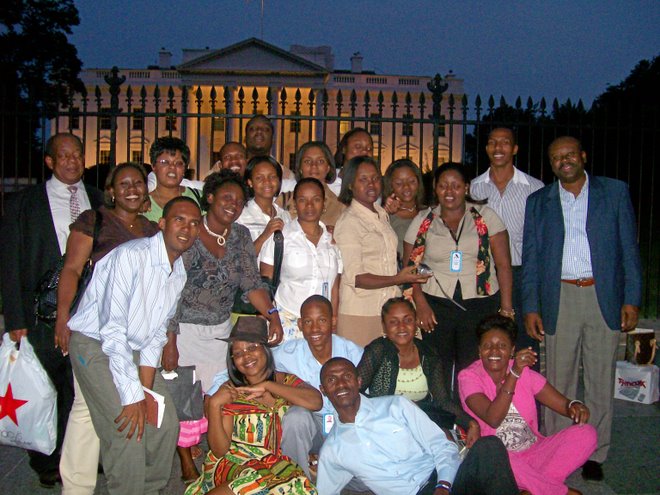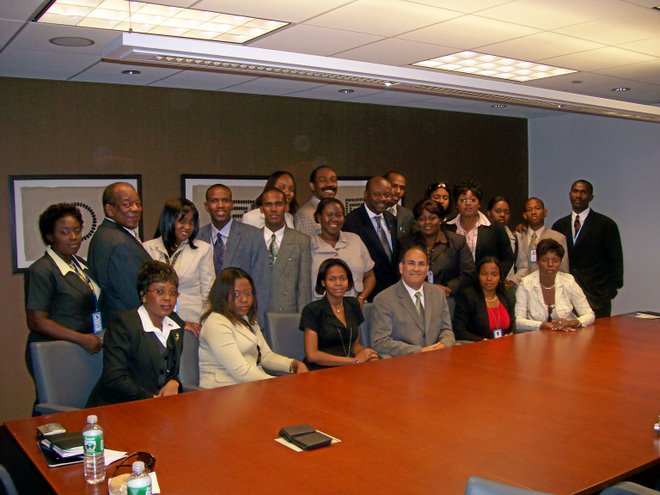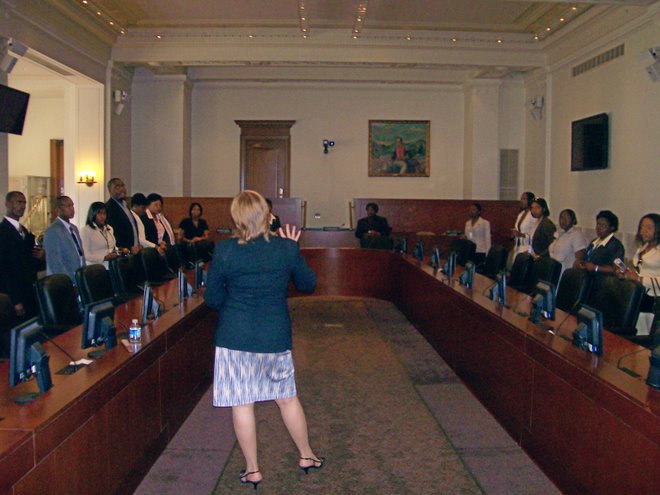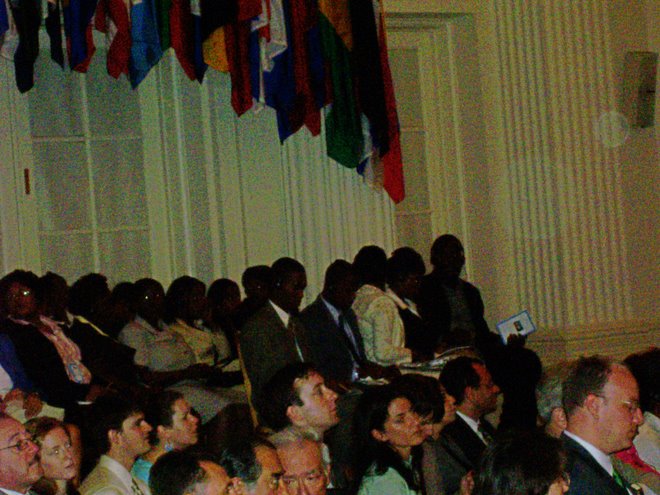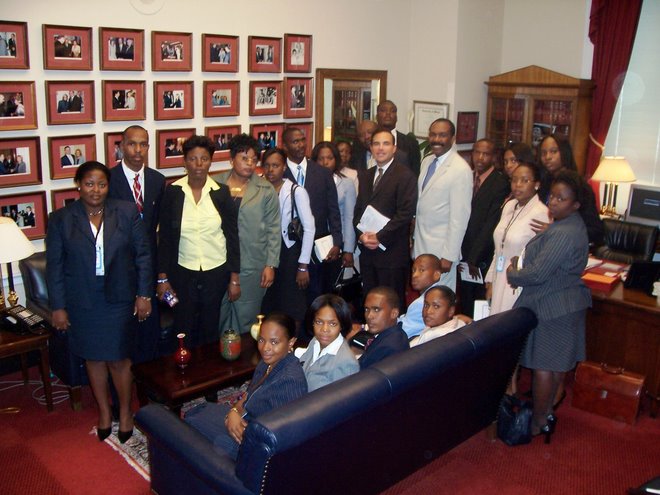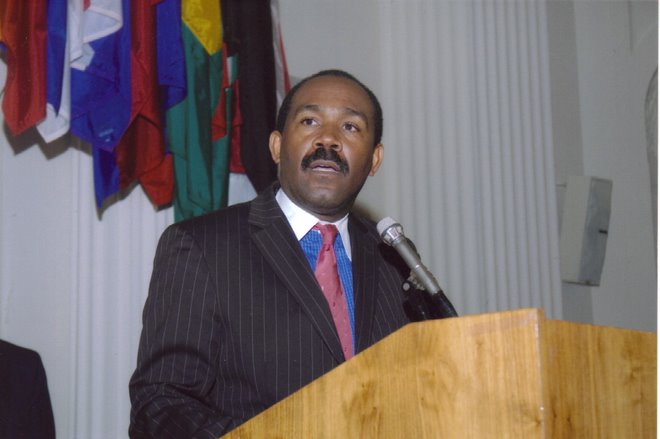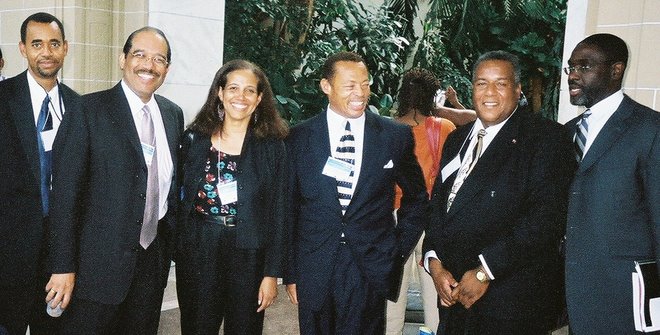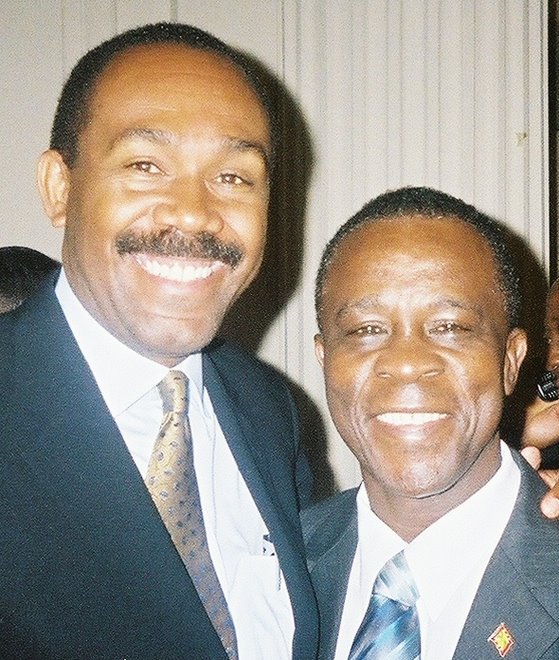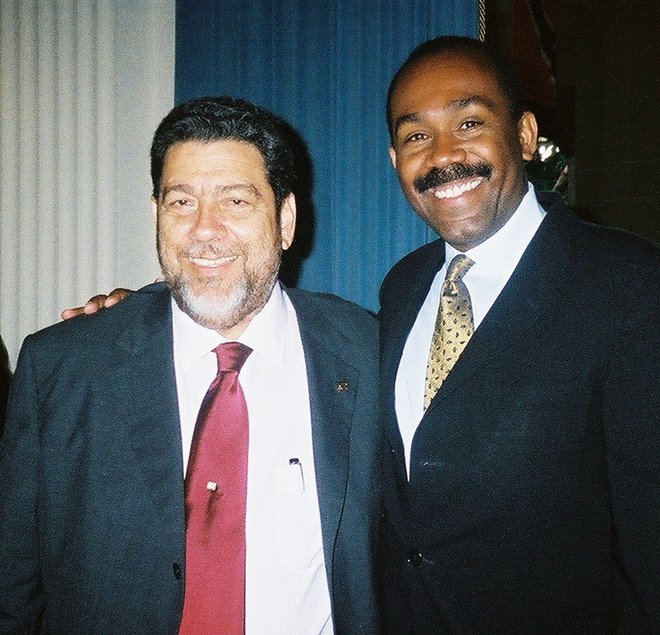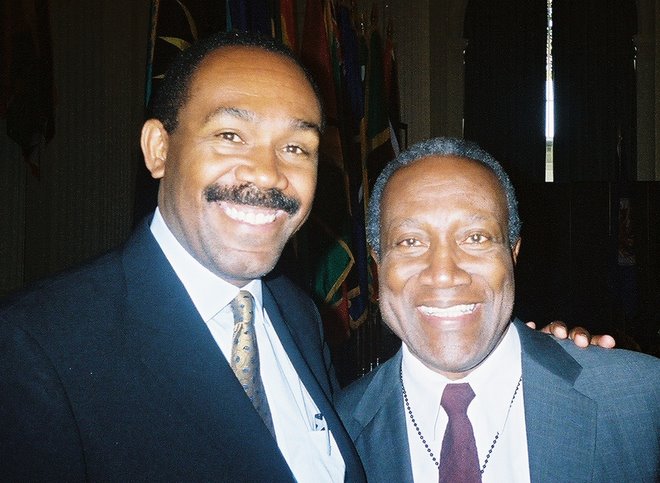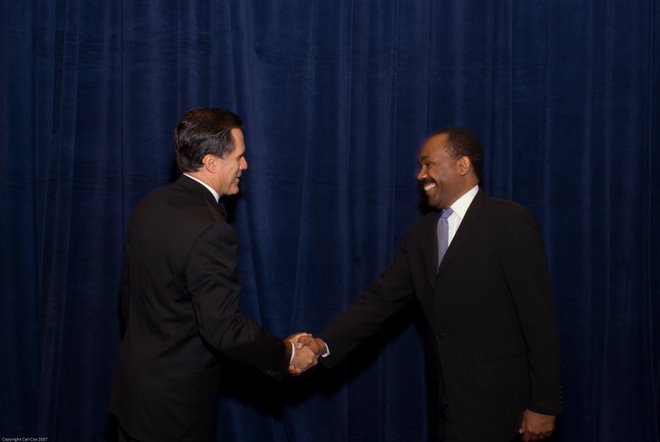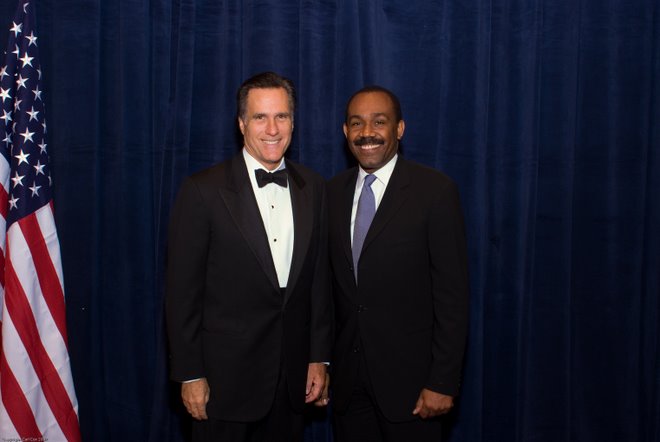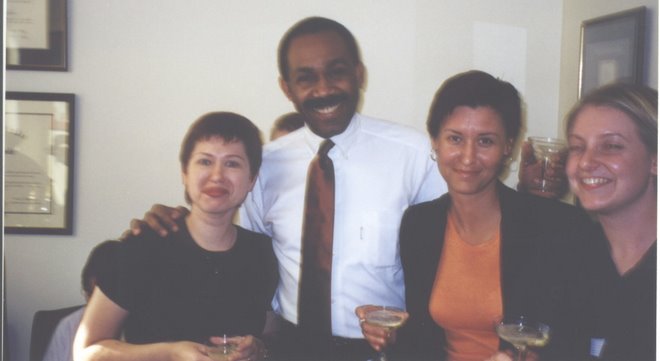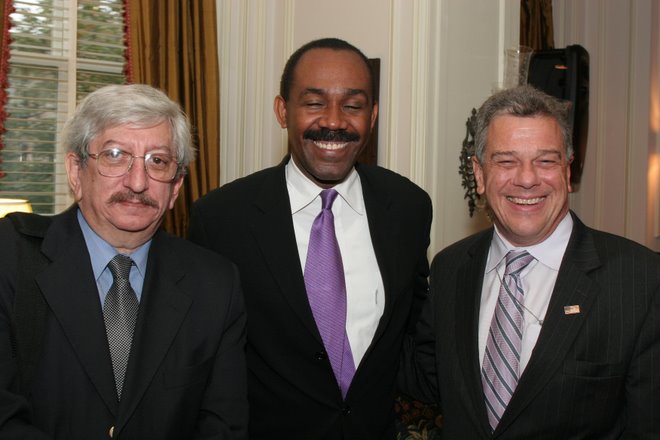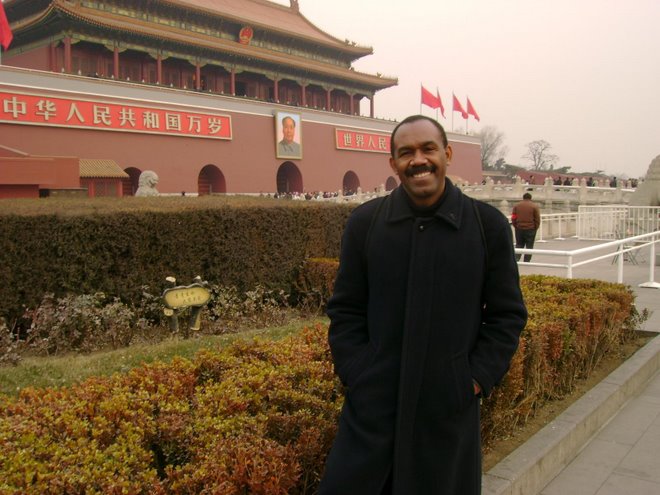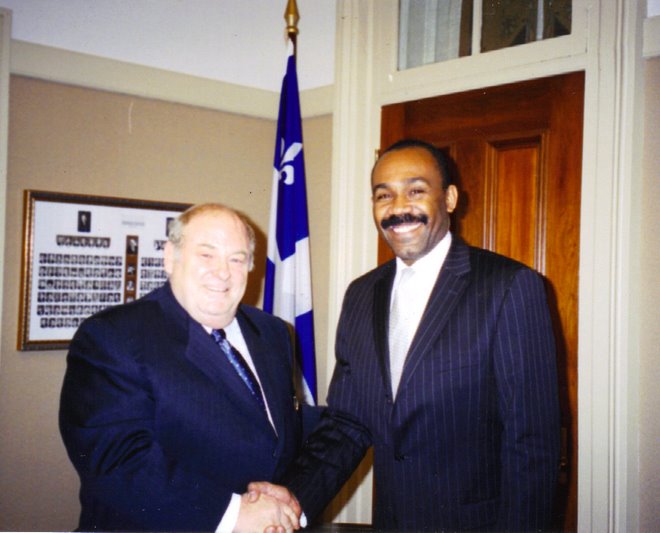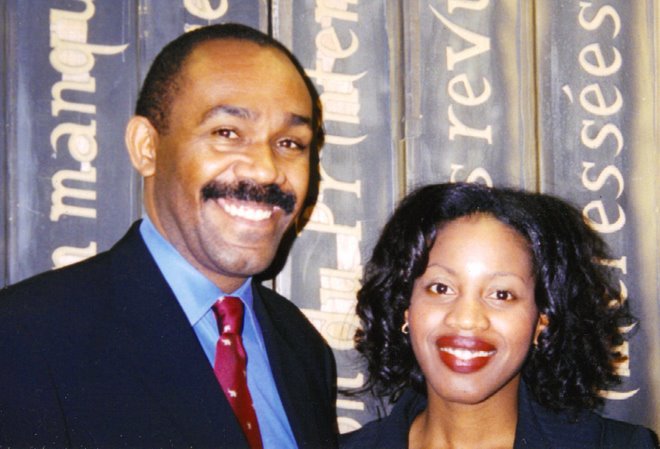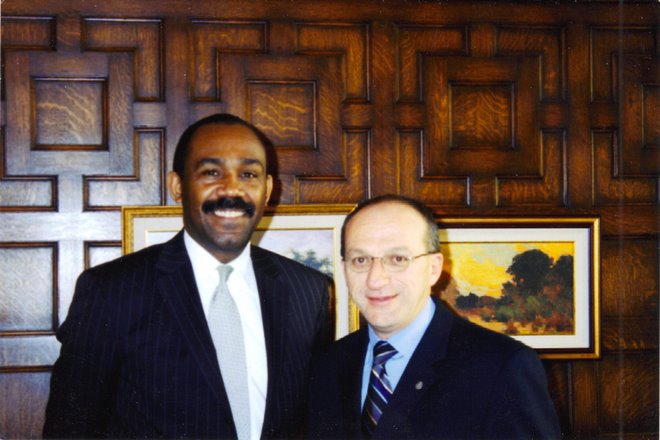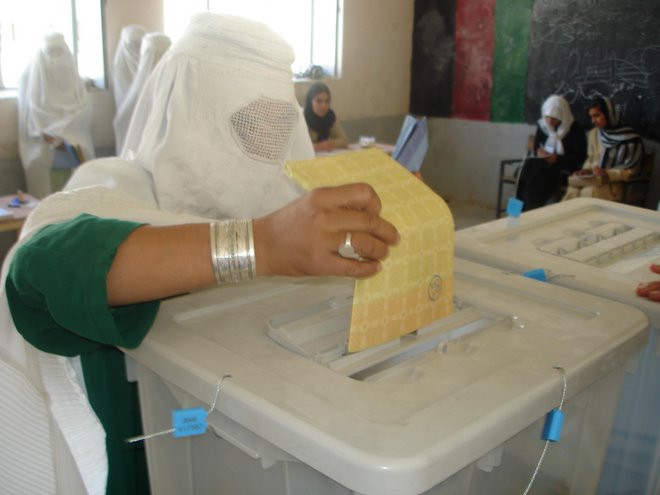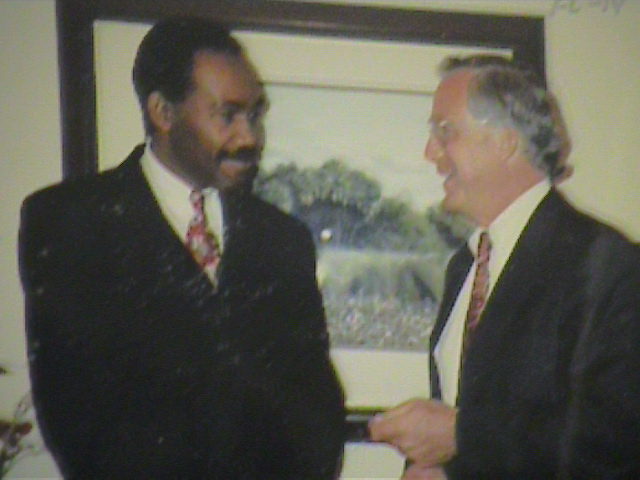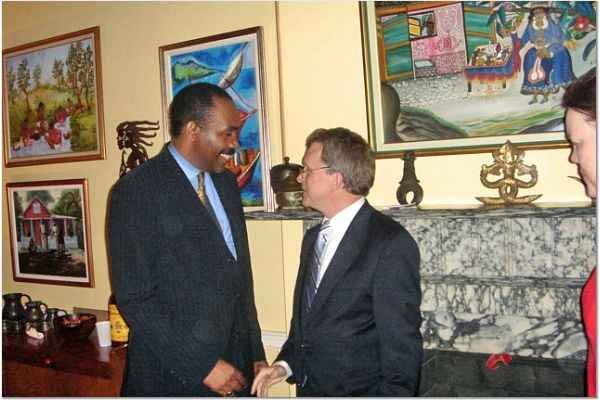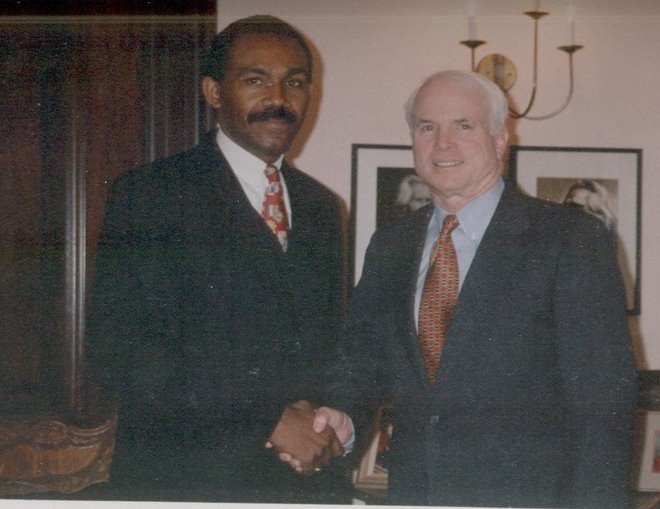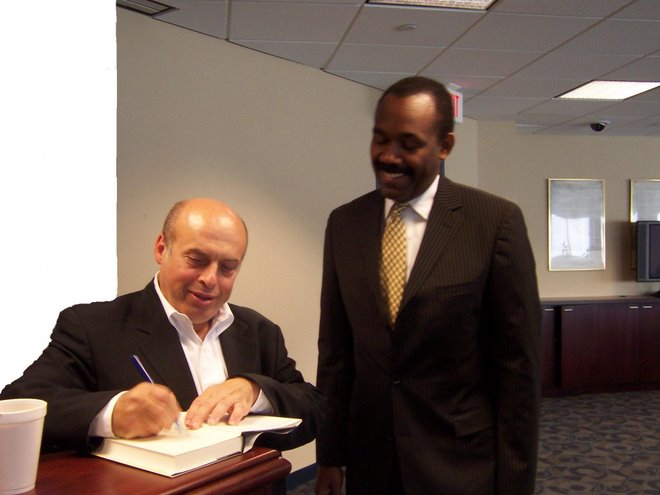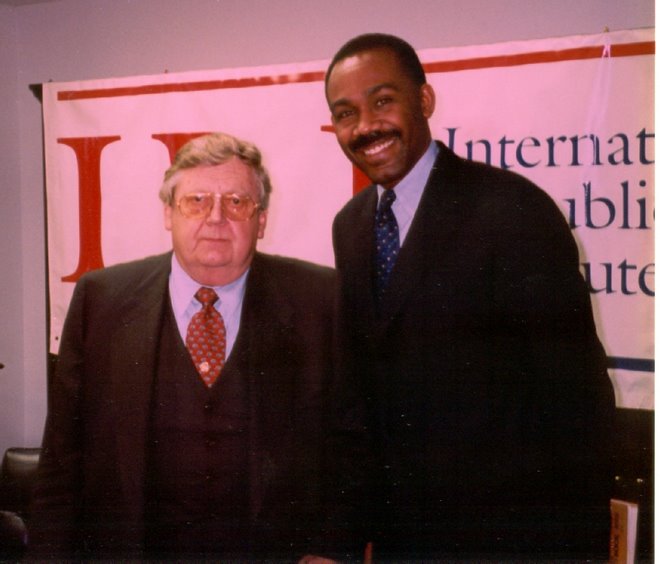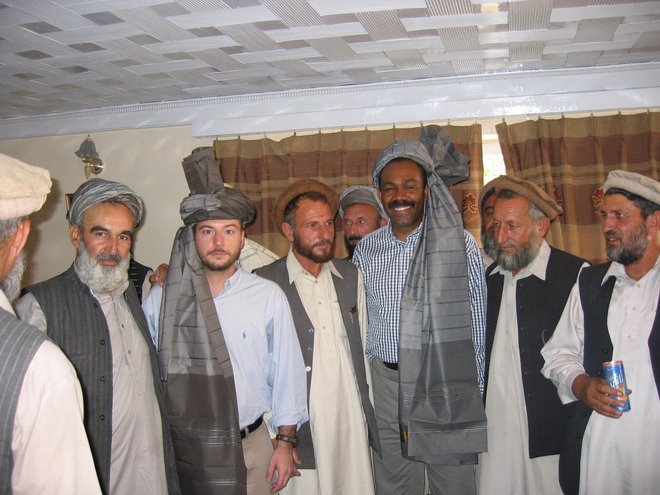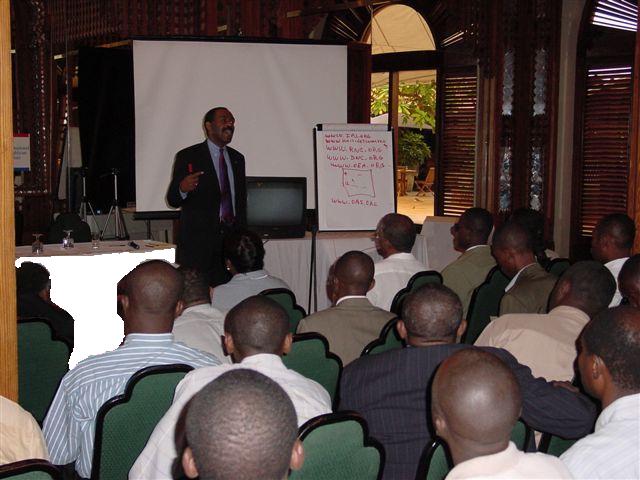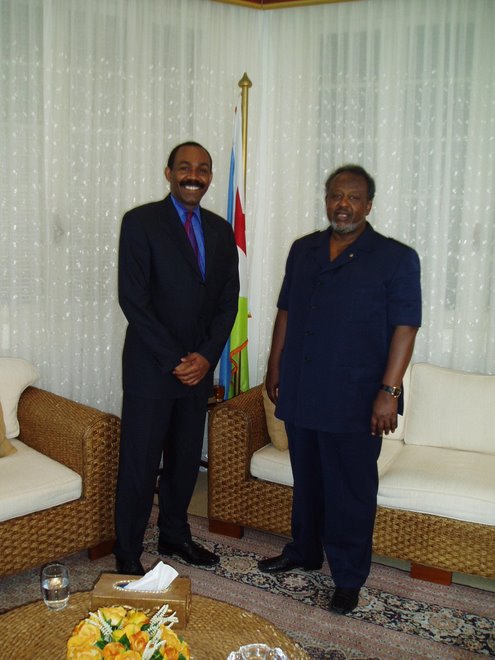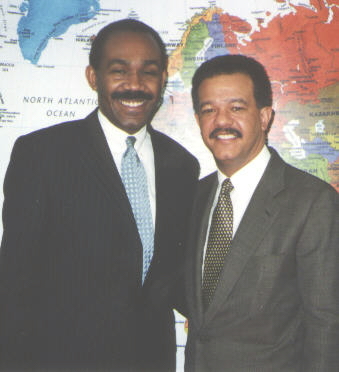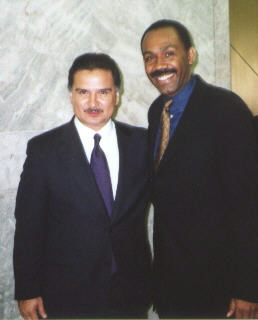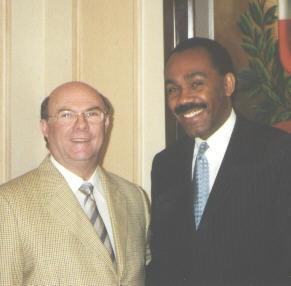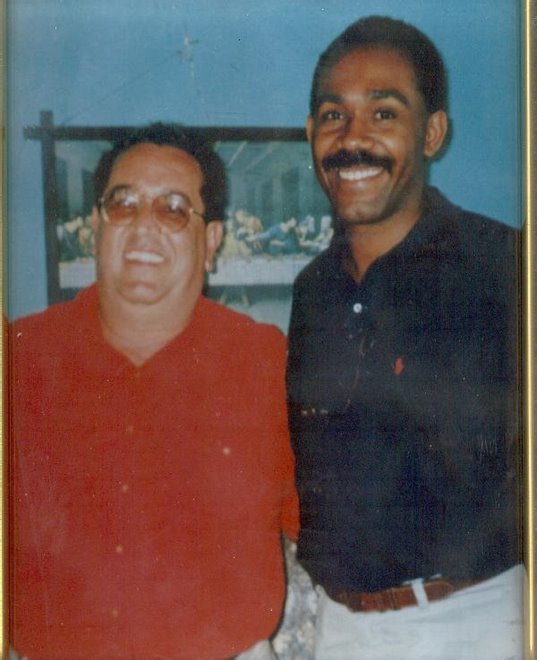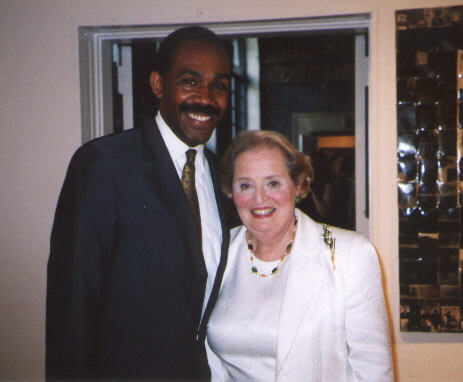Deux ans après le séisme de janvier 2010, le pays est loin de s'être remis debout. Peut-être est-ce parce qu'il a à peine vu la couleur des dons promis ? L'enquête du site américain CounterPunch détaille dans quelles poches sont tombées les sommes versées par Washington.
En Haïti, on dirait que le tremblement de terre a eu lieu il y a deux mois, et non il y a deux ans. Plus de 500 000 personnes n'ont toujours pas de logement et vivent dans des camps informels ; le sol est encore jonché de tous les débris des bâtiments en ruine, et le choléra a été introduit dans le pays et s'est transformé en une épidémie meurtrière qui a déjà tué des milliers de personnes et continue d'en toucher des milliers d'autres.
La vérité, c'est que pratiquement aucun don du public n'a directement été envoyé en Haïti. Les Haïtiens n'ont à peu près aucun contrôle sur cet argent, mais si l'on en croit l'Histoire, il est probable qu'on leur reprochera ces échecs – un petit jeu appelé : "Accusons la victime".
Comme beaucoup d'autres personnes dans le monde, les Haïtiens se demandent où est passé l'argent. Voilà sept endroits où les dons sont ou ne sont pas allés.
1) Le bénéficiaire principal de l'argent octroyé par les Etats-Unis après le tremblement de terre s'est révélé être le gouvernement des Etats-Unis. Il en va de même pour les donations des autres pays.
Juste après le séisme, les Etats-Unis ont consenti une aide de 379 millions de dollars et ont envoyé 5 000 soldats. L'agence américaine Associated Press a découvert en janvier 2010 que 33 centimes de chacun de ces dollars avaient en fait été rendus directement aux Etats-Unis pour compenser le coût de l'envoi des troupes militaires. Pour chaque dollar, 42 centimes ont été envoyés à des ONG publiques et privées comme Save the Children, le Programme alimentaire mondial des Nations Unies et l'Organisation panaméricaine de la santé.
L'ensemble du 1,6 milliard de dollars alloué par les Etats-Unis au secours d'urgence a été dépensé de la même façon : 655 millions de dollars ont servi à rembourser le département de la Défense, 220 millions ont été envoyés au département de la Santé et des Services à la personne pour qu'il aide les Etats américains à fournir des services aux réfugiés haïtiens, 350 millions ont été affectés à l'aide d'urgence fournie par l'Agence des Etats-Unis pour le développement international (Usaid), 150 millions sont partis au département de l'Agriculture pour participer à l'aide alimentaire d'urgence, 15 millions au département de la Sécurité intérieure pour couvrir les frais d'immigration, etc.
L'aide internationale a été répartie de la même façon. L'envoyé spécial des Nations unies pour Haïti a révélé que l'argent du fonds humanitaire, soit 2,4 milliards de dollars, avait été distribué de la façon suivante : 34 % ont été renvoyés aux organismes civils et militaires des donateurs pour l'intervention d'urgence, 28 % attribués à des agences des Nations unies et à des ONG, 26 % alloués à des sociétés privées et à d'autres ONG, 5 % reversés à des sociétés nationales et internationales de la Croix-Rouge, 1 % a été versé au gouvernement haïtien et 0,4 % à des ONG haïtiennes.
2) Seulement 1 % des dons a été envoyé au gouvernement haïtien. Selon l'agence Associated Press, sur chaque dollar accordé par les Etats-Unis pour l'aide d'urgence, moins d'un centime est parvenu au gouvernement haïtien. Il en va de même avec les autres donateurs internationaux. Le gouvernement haïtien n'a absolument pas été mis à contribution dans le cadre de l'intervention d'urgence menée par les Etats-Unis et la communauté internationale.
3) Des sommes dérisoires sont parvenues aux entreprises et aux ONG haïtiennes. Le Center for Economic and Policy Research, la meilleure source d'information qui soit dans ce domaine, a analysé les 1 490 contrats attribués par le gouvernement américain entre janvier 2010 et avril 2011, et s'est rendu compte que seuls 23 d'entre eux avaient été accordés à des entreprises haïtiennes. Dans l'ensemble, les Etats-Unis ont distribué 194 millions de dollars à des sous-traitants, dont 4,8 millions seulement à des sociétés haïtiennes, soit environ 2,5 % du total. Quant aux sociétés privées de la région de Washington DC, elles ont reçu 76 millions de dollars, soit 39,4 % du total.
L'ONG Refugees International a indiqué que leurs collaborateurs sur place avaient eu du mal à accéder aux réunions opérationnelles organisées dans le complexe des Nations unies. D'autres ont noté que la plupart des réunions de coordination de l'aide internationale n'étaient même pas traduites en créole, langue que parlent la majorité des Haïtiens !
4) Un pourcentage non négligeable de l'argent a été transmis aux organismes internationaux d'assistance et aux grandes organisations non gouvernementales faisant partie de réseaux influents. La Croix-Rouge américaine a reçu plus de 486 millions de dollars de dons pour Haïti. Selon l'organisation, deux tiers de cet argent a servi à sous-traiter l'intervention d'urgence et la reconstruction, bien qu'il soit difficile d'obtenir plus de détails. Le salaire annuel du PDG de la Croix-Rouge est supérieur à 500 000 dollars par an [390 000 euros, soit 33 000 euros par mois].
On peut aussi mentionner le contrat de 8,6 millions de dollars entre Usaid et la société privée CHF, chargée de nettoyer les décombres dans Port-au-Prince. CHF est une entreprise de développement international qui, politiquement, fait partie de réseaux influents, qui a un budget annuel de plus de 200 millions de dollars et dont le PDG a gagné 451 813 dollars [354 000 euros] en 2009. Les bureaux de CHF en Haïti "sont installés dans deux hôtels particuliers spacieux de Port-au-Prince et l'entreprise dispose d'une flotte de véhicules flambant neufs," selon le magazine Rolling Stone.
Rolling Stone a également révélé l'existence d'un autre contrat, d'une valeur de 1,5 million dollars, accordé au cabinet de conseil Dalberg Global Development Advisors, dont le siège est à New York. Selon l'article, le personnel de Dalberg "n'avait jamais vécu à l'étranger, n'avait aucune expérience en matière de catastrophe naturelle ou d'urbanisme, et n'avait jamais été responsable de programmes sur le terrain", et seul un membre de l'équipe parlait français.
Le 16 janvier 2010, George W. Bush et Bill Clinton ont annoncé le lancement d'une collecte de fonds pour Haïti. En octobre 2011, les dons avaient atteint la somme de 54 millions de dollars. Deux millions ont contribué à la construction d'un hôtel de luxe en Haïti, pour un budget total de 29 millions de dollars.
5) Une partie de l'argent a été versée à des entreprises qui profitent des catastrophes naturelles. Lewis Lucke, un coordinateur haut placé d'Usaid, a rencontré le Premier ministre haïtien deux fois à la suite du tremblement de terre. Il a ensuite démissionné et a été embauché – pour un salaire mensuel de 30 000 dollars - par la société Ashbritt, installée en Floride (déjà célèbre pour avoir obtenu des subventions considérables sans appel d'offres après l'ouragan Katrina) et par un partenaire haïtien prospère, afin de faire du lobbying pour obtenir des contrats. Lewis Lucke a déclaré qu'il était "devenu évident que si la situation était gérée correctement le séisme pouvait apparaître comme une opportunité autant que comme une calamité". Ashbritt et son partenaire haïtien se sont rapidement vu attribuer un contrat de 10 millions de dollars sans appel d'offres.
6) Une partie non négligeable de l'argent promis n'a jamais été distribuée. La communauté internationale a décidé de ne pas laisser le gouvernement haïtien gérer le fonds d'assistance et de relèvement et a insisté pour que deux institutions soient créées pour approuver les projets et les dépenses dédiées aux fonds de reconstruction envoyés pour Haïti : la Commission intérimaire pour la reconstruction d'Haïti (CIRH) et le Fonds pour la reconstruction d'Haïti.
En mars 2010, lors d'une conférence, les Etats membres de l'ONU se sont engagés à verser 5,3 milliards de dollars sur deux ans et un total de 9,9 milliards de dollars sur trois ans. En juillet 2010, seules 10 % des sommes promises avaient été versées à la CIRH.
7) Une grande partie de l'argent donné n'a pas encore été dépensée. Près de deux ans après le tremblement de terre, moins de 1 % des 412 millions de dollars alloués par les Etats-Unis à la reconstruction d'infrastructures en Haïti ont été dépensés par Usaid et le département d'Etat américain, et seuls 12 % ont réellement été affectés, selon un rapport publié en novembre 2011 par le bureau américain chargé du contrôle des comptes (GAO).
La CIRH qui, depuis sa création, a été sévèrement critiquée par les Haïtiens, entre autres, est suspendue depuis la fin de son mandat, en octobre 2011. Le Fonds pour la reconstruction d'Haïti a été créé pour fonctionner en tandem avec la CIHR. Ainsi, tant que cette dernière est interrompue, le Fonds pourra difficilement poursuivre sa mission.
Que faire ? Au lieu de donner de l'argent à des intermédiaires, les dons devraient être envoyés autant que possible aux organismes haïtiens publics et privés. Le respect, la transparence et l'obligation de rendre des comptes constituent les fondements des droits humains.
Pour plus voir:
1. Haïti : des milliards et après ? par Nesmy Manigat
1. Haïti : des milliards et après ? par Nesmy Manigat
2. Seeking truth in the NGO republic: http://www.lemonde.fr/idees/article/2010/02/17/haiti-des-milliards-et-apres-par-nesmy-manigat_1307195_3232.htmlhttp://www.globalpost.com/dispatch/news/regions/americas/haiti/120110/seeking-truth-the-ngo-republic
3. Haiti: Seven Places Where the Earthquake Money Did and Did Not Go: http://solutionshaiti.blogspot.com/2012/01/haiti-after-quake-where-relief-money.html




























































































































-3.jpg)


.jpg)





.jpg)











.jpg)
.jpg)
.jpg)
.jpg)
.jpg)
.jpg)


















